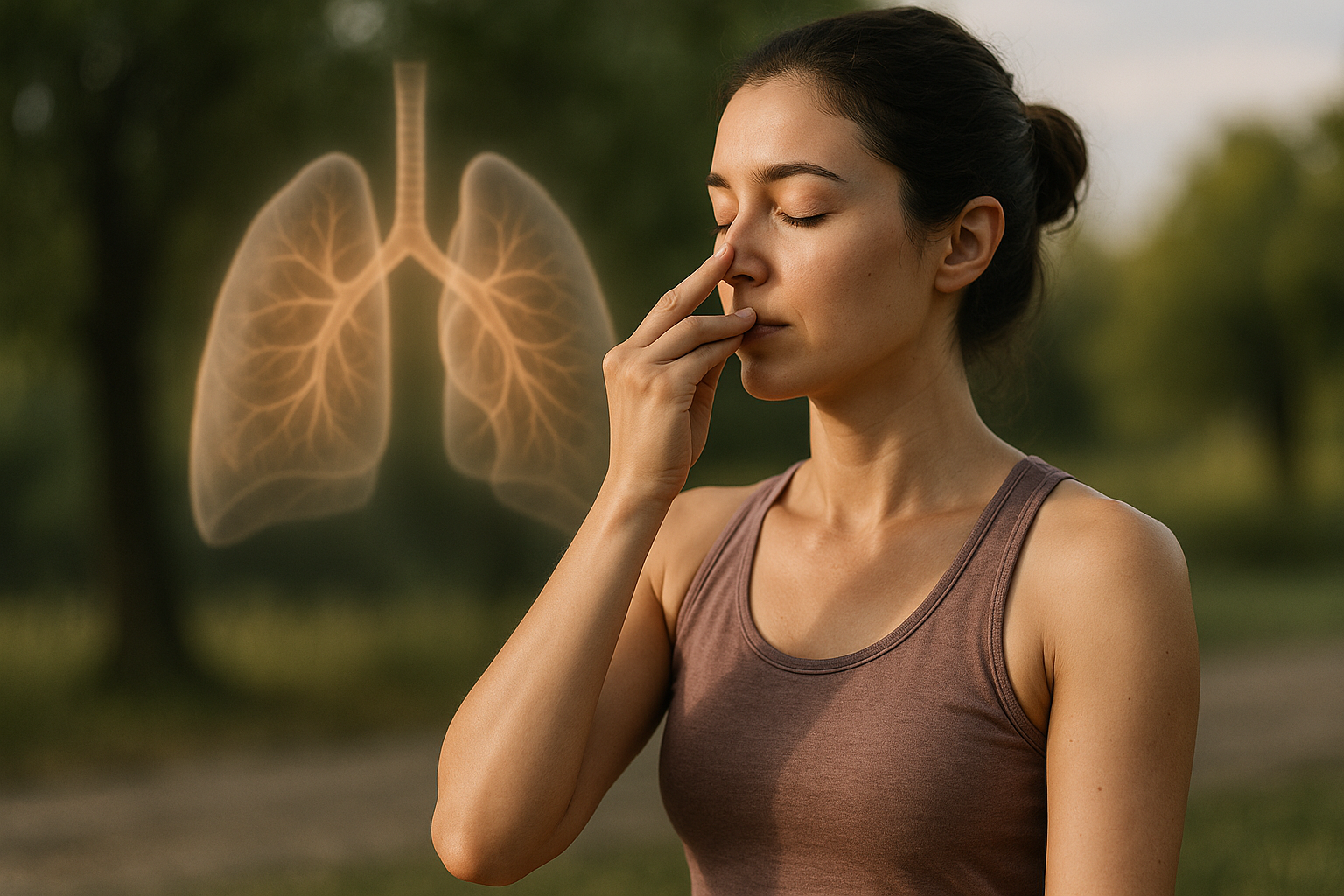Practical Tips for Easing Mucus Build Up in Lungs
Experiencing excess mucus in the lungs can be uncomfortable and disruptive to daily life. This buildup often results from respiratory infections, allergies, chronic conditions, or environmental irritants. Understanding effective methods to manage and reduce mucus accumulation can improve breathing comfort and overall respiratory health. This guide explores practical, evidence-based approaches to help ease mucus buildup naturally and safely.

Mucus plays an essential protective role in the respiratory system by trapping dust, bacteria, and other particles before they reach deeper into the lungs. However, when mucus production increases or becomes thicker than normal, it can lead to congestion, coughing, and difficulty breathing. Various factors contribute to excessive mucus, including viral or bacterial infections, smoking, asthma, chronic obstructive pulmonary disease, and environmental allergens. Addressing mucus buildup involves a combination of hydration, physical techniques, environmental adjustments, and lifestyle modifications that support respiratory function.
How to Remove Mucus from Lungs Naturally
Natural methods for clearing mucus focus on thinning secretions and promoting their movement out of the airways. Staying well-hydrated is one of the most effective strategies, as adequate fluid intake helps keep mucus thin and easier to expel. Drinking water, herbal teas, and warm broths throughout the day supports this process. Steam inhalation is another beneficial technique that adds moisture to the airways, loosening thick mucus and making it easier to cough up. Spending 10 to 15 minutes inhaling steam from a bowl of hot water or during a warm shower can provide noticeable relief. Adding a humidifier to living spaces, especially during dry weather or winter months, maintains optimal humidity levels that prevent mucus from becoming too thick.
Clear Mucus from Lungs with Breathing Techniques
Controlled breathing exercises and physical maneuvers can significantly improve mucus clearance from the lungs. Controlled coughing, which involves taking a deep breath, holding it briefly, and then coughing forcefully in short bursts, helps move mucus up and out of the airways more effectively than spontaneous coughing. Postural drainage uses gravity to assist mucus movement by positioning the body in specific ways that encourage drainage from different lung segments. Lying on your side or at an incline with your chest lower than your hips for several minutes can facilitate this process. Chest percussion, performed by gently tapping the chest and back with cupped hands, helps loosen mucus from the airway walls. These techniques are often used together and can be particularly helpful when performed after steam inhalation or hydration.
Mucus Relief Tips Through Dietary Choices
Certain foods and beverages can influence mucus production and consistency. Warm liquids such as herbal teas, chicken soup, and warm lemon water not only provide hydration but also help soothe irritated airways and thin mucus. Some people find that spicy foods containing capsaicin, like cayenne pepper or hot peppers, temporarily thin mucus and promote drainage, though this effect varies among individuals. Reducing consumption of dairy products may be beneficial for some people, as dairy can thicken mucus in certain individuals, though scientific evidence on this remains mixed. Avoiding known allergens and irritants in the diet helps prevent unnecessary mucus production triggered by immune responses.
Environmental and Lifestyle Adjustments
Modifying your environment and daily habits plays a crucial role in managing mucus buildup. Avoiding exposure to tobacco smoke, whether from active smoking or secondhand sources, is essential, as smoke irritates airways and increases mucus production. Reducing exposure to air pollutants, strong chemical fumes, dust, and allergens helps minimize respiratory irritation. Using air purifiers with HEPA filters can improve indoor air quality by removing airborne particles that trigger mucus production. Regular physical activity, even moderate walking, promotes deeper breathing and helps mobilize mucus from the lungs. Elevating the head during sleep using extra pillows prevents mucus from pooling in the throat and reduces nighttime coughing.
When to Seek Professional Guidance
While many cases of mucus buildup resolve with home management, certain situations warrant medical evaluation. Persistent mucus production lasting more than a few weeks, mucus that changes color to yellow, green, or contains blood, difficulty breathing, chest pain, or high fever are signs that professional assessment is needed. Healthcare providers can determine if an underlying condition such as bronchitis, pneumonia, or chronic lung disease requires specific treatment. They may recommend additional therapies such as expectorants to thin mucus, bronchodilators to open airways, or antibiotics if a bacterial infection is present. For individuals with chronic respiratory conditions, respiratory therapists can teach specialized techniques for mucus clearance that are tailored to specific needs.
Supporting Long-Term Respiratory Health
Maintaining healthy lungs over time involves consistent preventive measures. Staying current with vaccinations, including annual flu shots and pneumonia vaccines when appropriate, reduces the risk of respiratory infections that cause excessive mucus. Practicing good hand hygiene and avoiding close contact with sick individuals further minimizes infection risk. Managing underlying conditions such as allergies, asthma, or gastroesophageal reflux disease through appropriate treatment prevents chronic mucus issues. Regular check-ups with healthcare providers ensure that respiratory health is monitored and any emerging concerns are addressed promptly. Building these habits into daily routines creates a foundation for clearer airways and better breathing comfort throughout life.
This article is for informational purposes only and should not be considered medical advice. Please consult a qualified healthcare professional for personalized guidance and treatment.




